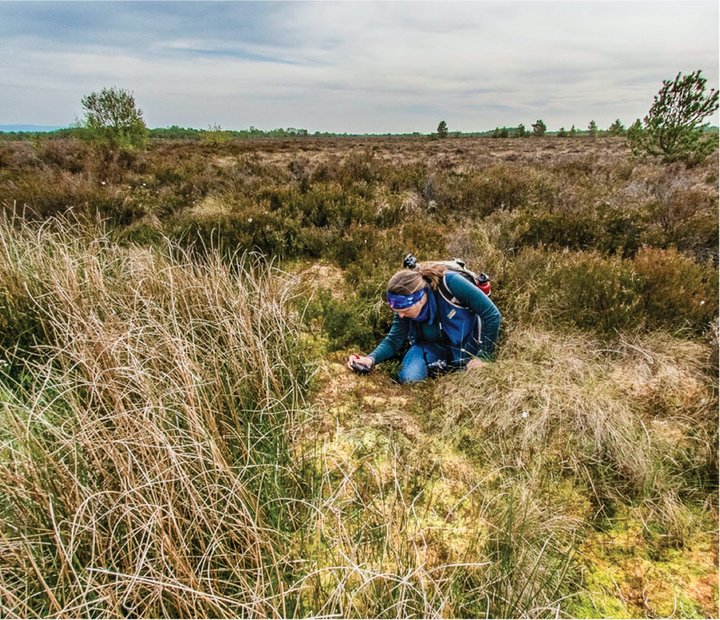
IphotographtheplantsIfindina bog.
"There'ssomethingmagicaboutit,"
saysJimMurphy.AndI’dhavetoagree.Murphyisaturfuserin Kilkishen,Ireland.Heburnsturfasfueltoheathis home.
What’sturf,youask?Turfisamaterialmadeupofdecayingplants.Youmightknowitbyadifferentname:peat.HereinIreland,peatcomesfromraisedorblanketbogs,whichcover20percentofthecountry.I’mEmilyToner,asoilgeographer.Istudy bogs.
Abogisawetlandbornofwater,plants,andtime.Itgrowsslowly.Ahealthybogtakesathousandyearstogrowonemetertaller.Peatsoilisacidicandrich.IfIreland’speatsoilwasleftaloneforanother250millionyears,thelayersatthebottomwouldbecome coal.
Walkingacrossabogmightbetheclosestyou’llevergetto“walkingonwater.”That’sbecausebogsaremorethan90percentwater.Sphagnummoss—aplantsoessentialtobogsit’scalleda“bogbuilder”—canholdupto20timesitsweightinwater.Ifyousteponabedofsphagnum,youarewalkingonanecosystemthathasmorewaterandlesssolidsthanaglassof milk.
Bogsholdmorethanjustplantsandwater.Theyalsoabsorbcarbondioxidefromtheatmosphere.ThisisimportantbecauseitreducesthegreenhouseeffectonEarth.Letmeexplain.CertaingasesinEarth’satmosphere,likecarbondioxide,trapheat.Toomuchoftheseso‑called“greenhousegases”causeEarth’stemperaturesto rise.
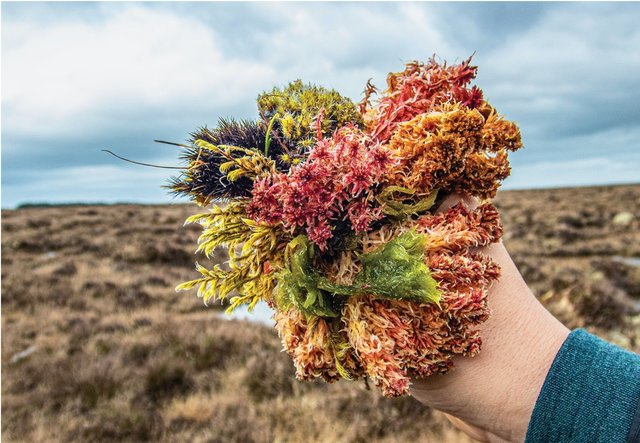
Thisisabouquetofbogmossescollectedfromone bog.
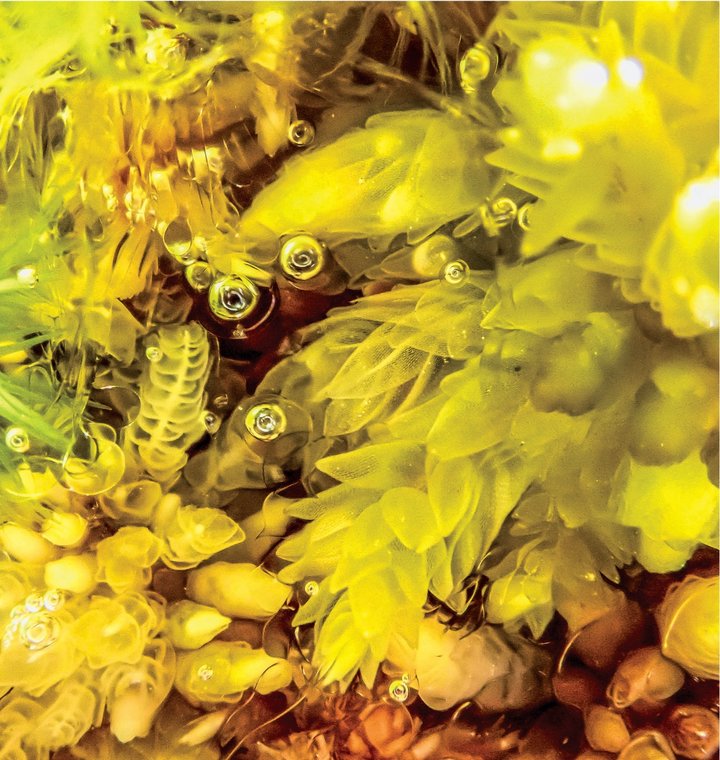
aclose-uplookatsphagnum moss
StoringCarbon
Whilewetandhealthy,bogstrapcarbonandkeepitinplace.ThathelpskeepEarth’stemperaturessteady.That’swhywetlandsarecalledcarbonsinks.Aroundtheworld,wetlandslikebogsstoretwicethecarbonthat’sheldintreesandforests.That’s incredible!
BogsareatraditionalpartoftheIrishwayoflife.Throughouthistory,peoplehavereliedonthemforsurvival.Wildberriesandotherplantscanbeharvestedforfood.Sphagnummosswasonceharvestedtomakebandagesforwounds.Butbyfar,themostwidelyusedbogresourcehasbeenpeat,whichiscutintobrickstoburnas fuel.
Sadly,Ireland’sbogsarenotaswidespreadastheyoncewere.Morethan85percentofthemhaveshrunk.Peopledrainedthesoggysoil,andthelandisusedforotherpurposes,suchas farming.
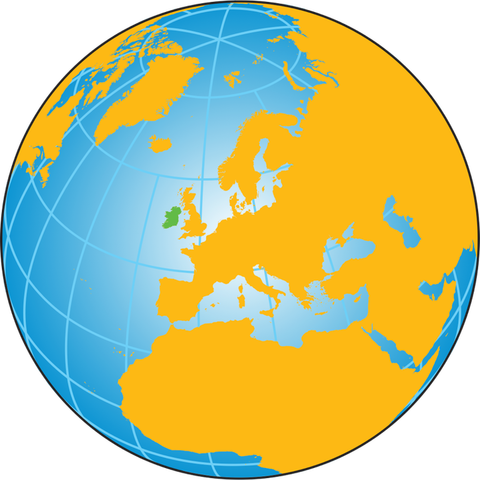
EUROPE
Atlantic
Ocean
Ireland
Atlantic
Ocean
Irish
Sea
WheretheBogsAre
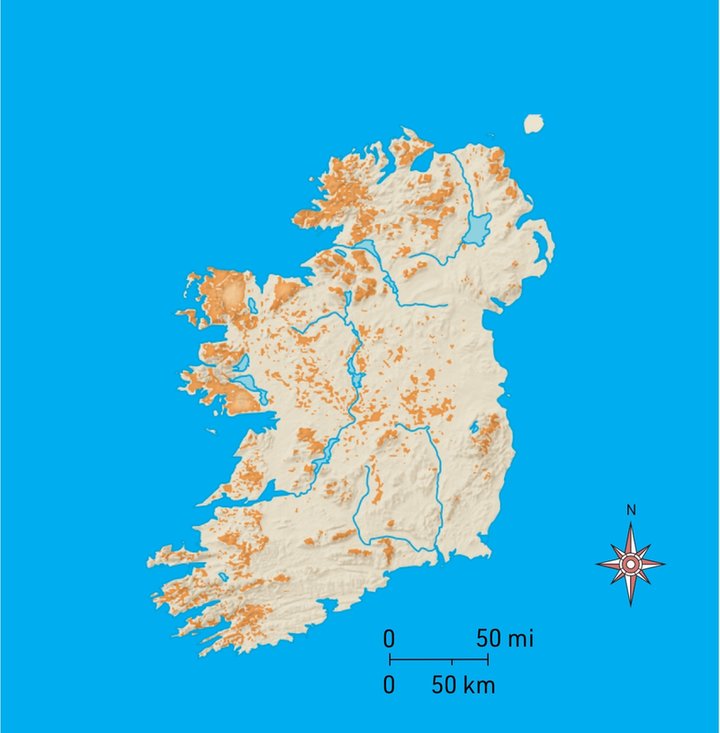
Ireland
HowRaisedBogsForm
AcommontypeofboginIrelandisaraisedbog.Theybegantoformafterthelasticeage,about10,000yearsago.Waterfilledinhollowsthathadbeenscrapedoutbyglaciersandformedsmall lakes.

lake
HowRaisedBogsForm
Ontheedgesofeachlake,plantssuchasreeds,sedges,grasses,andwildflowersgrew.Astheydied,theybegantofillupthe lake.

dead plants
HowRaisedBogsForm
Asthedeadplantspiledup,theycreatedaspongymatcalledafen.

fen
HowRaisedBogsForm
Overtime,thefenthickenedsothatplantrootsatthesurfacenolongermadecontactwiththegroundwater.Thewatertrappedinthelakebecamemore acidic.

fen plants
HowRaisedBogsForm
Mosses,whichcansurviveinacidicconditions,tookover.Theygrewabovethesurfaceofthelake,replacingtheotherplants.Thisisaraised bog.
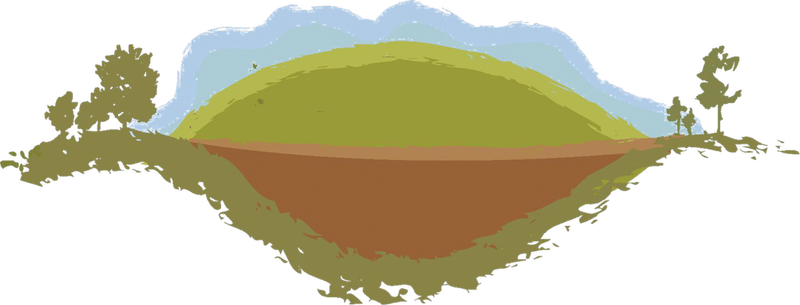
moss